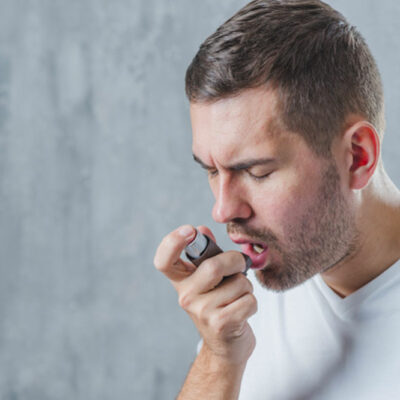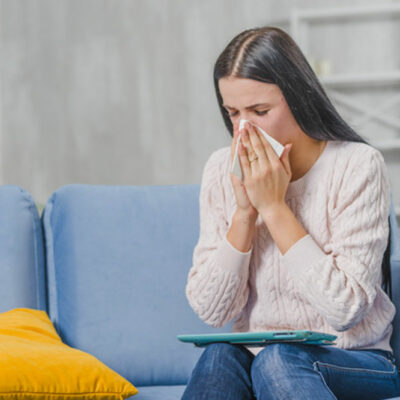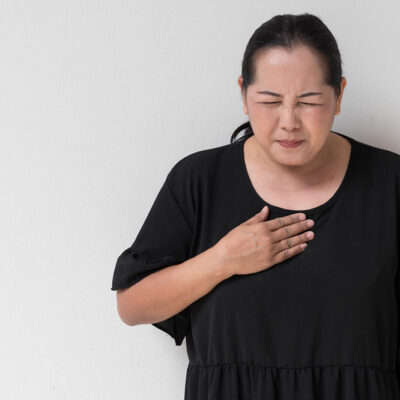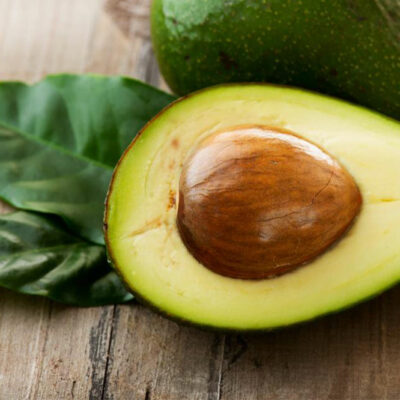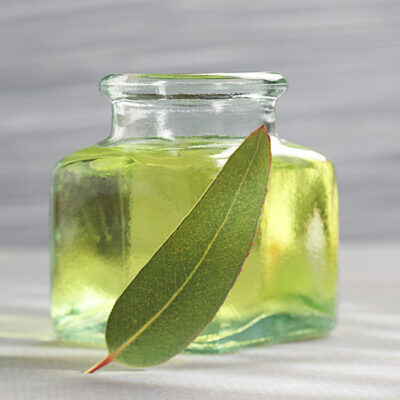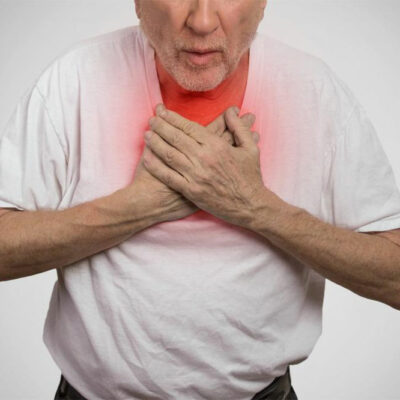
Health
Pulmonary Arterial Hypertension – Symptoms and Causes
Pulmonary arterial hypertension is when there is high blood pressure due to the blockages of the pulmonary arteries in the lungs. The constricted arteries make the heart work harder to pump enough blood, thereby increasing blood pressure. As the symptoms become worse, the heart pumps harder and the patient experiences signs of pulmonary arterial hypertension. Listed below are the symptoms and causes of pulmonary arterial hypertension. Delayed symptoms The symptom of narrowed and constricted arteries becomes severe over many months or years, which is when one starts to notice the symptoms. These may be easily dismissed, as they gradually grow worse. Initial symptoms The first signs of pulmonary arterial hypertension are fatigue, shortness of breath, giving you a feeling that you’ve done strenuous work. It is common enough that you are breathless while climbing the stairs even though you lead an active life. Many ignore these signs, leading to progress of the disease making your condition worse. Shortness of breath: This is the first symptom that you will notice. The blood vessels and arteries carry the blood to the lungs, which help you breath. The body conducts the activity of breathing in air that is rich in oxygen and breathing out air that is depleted of oxygen.
Read More 


